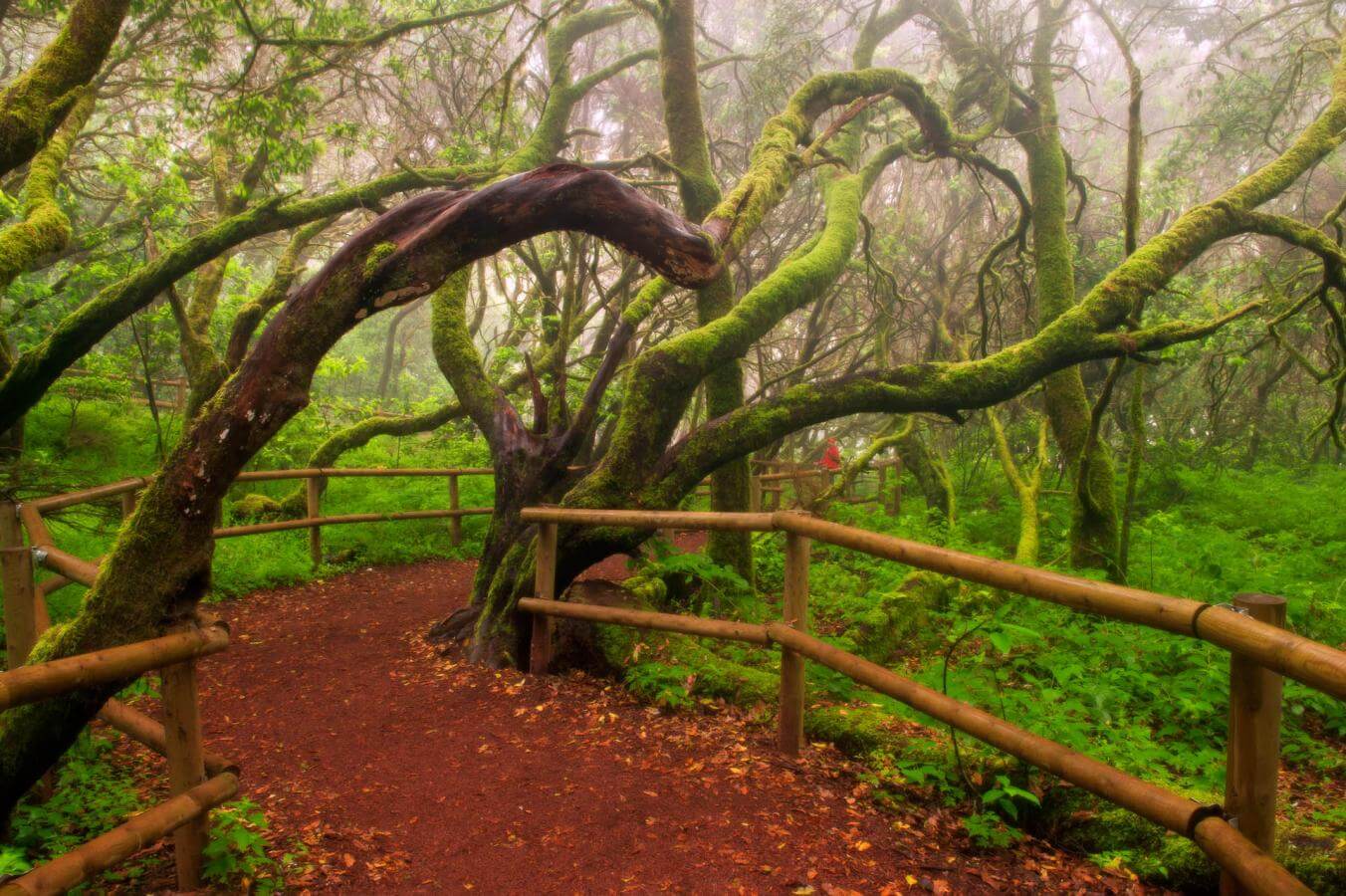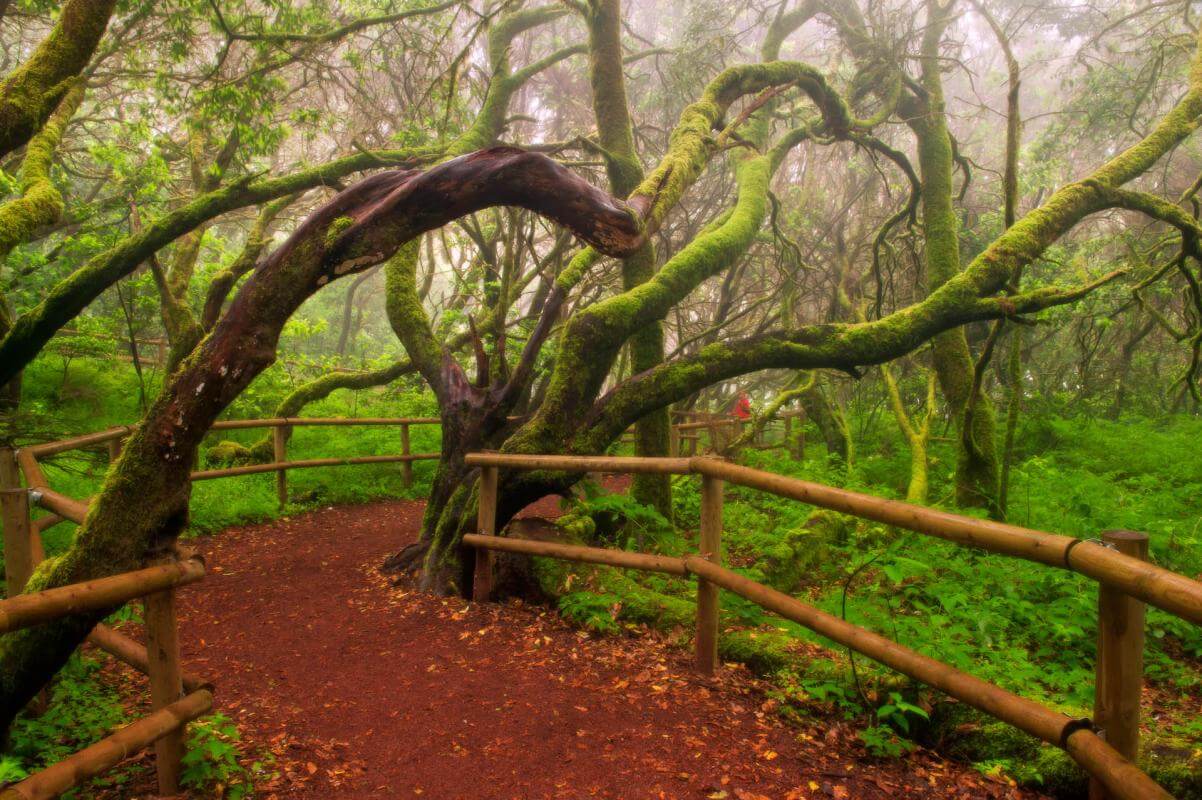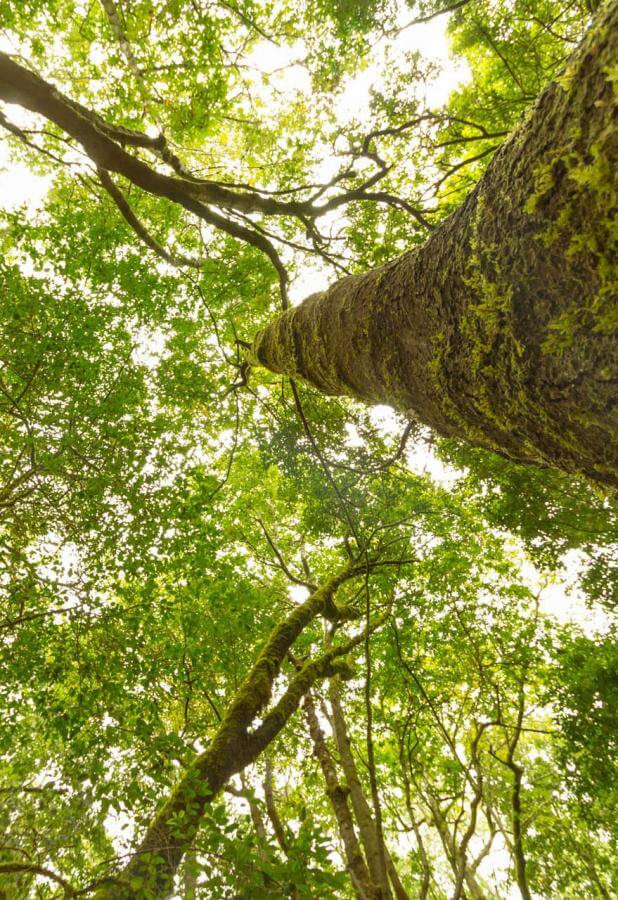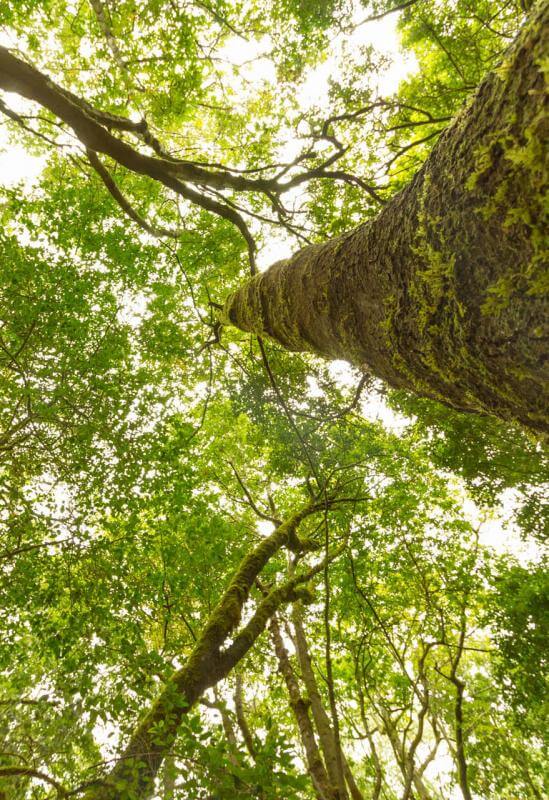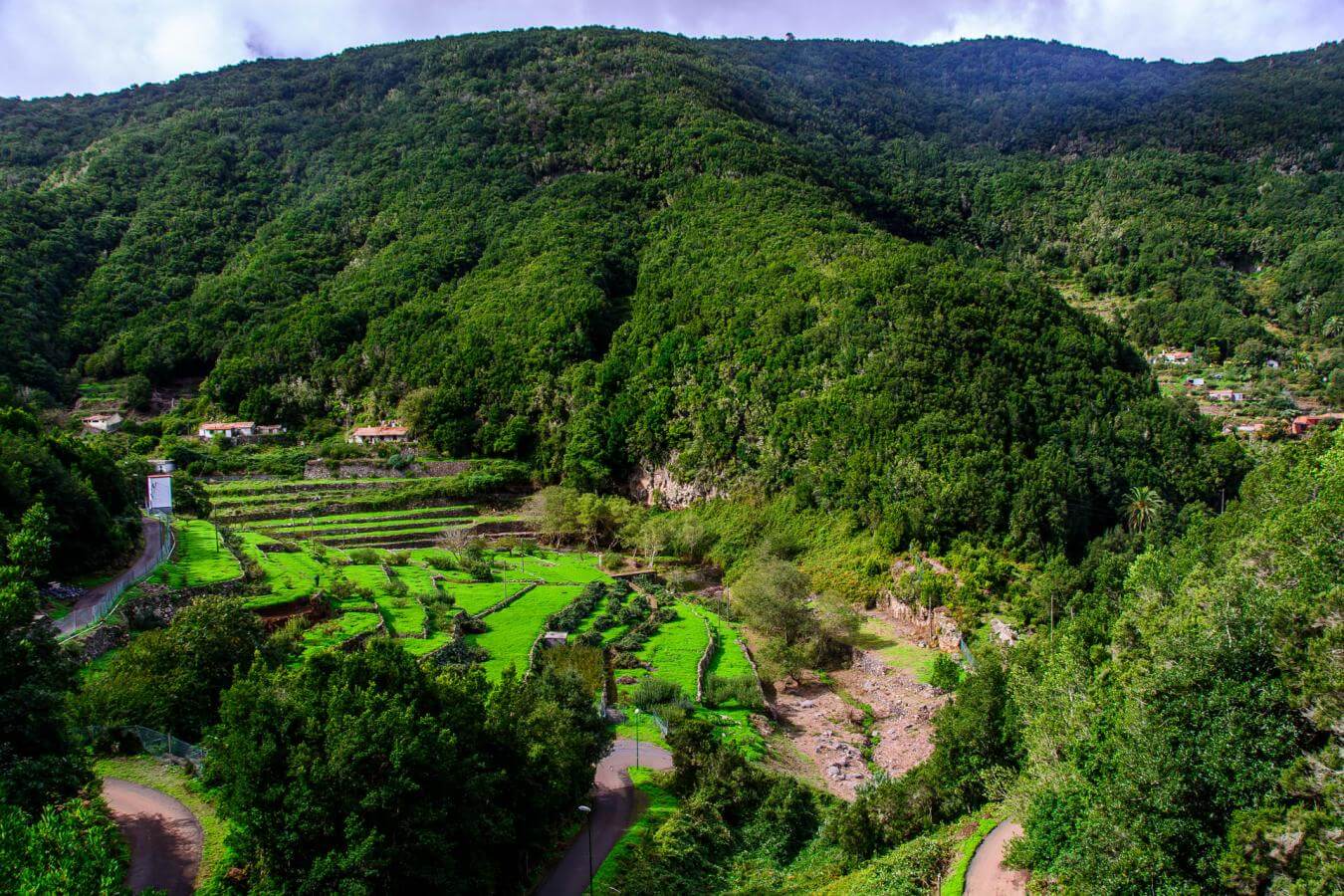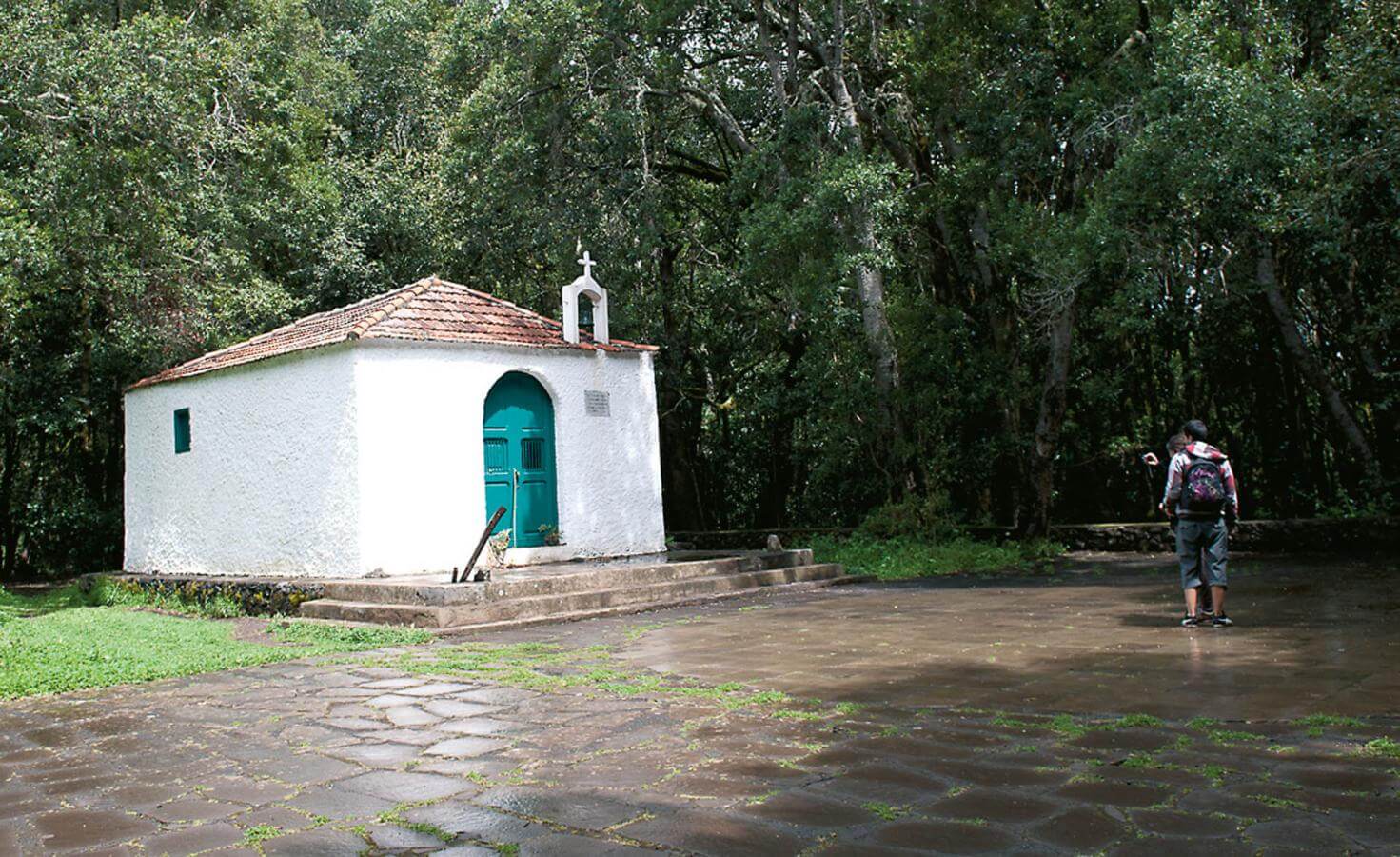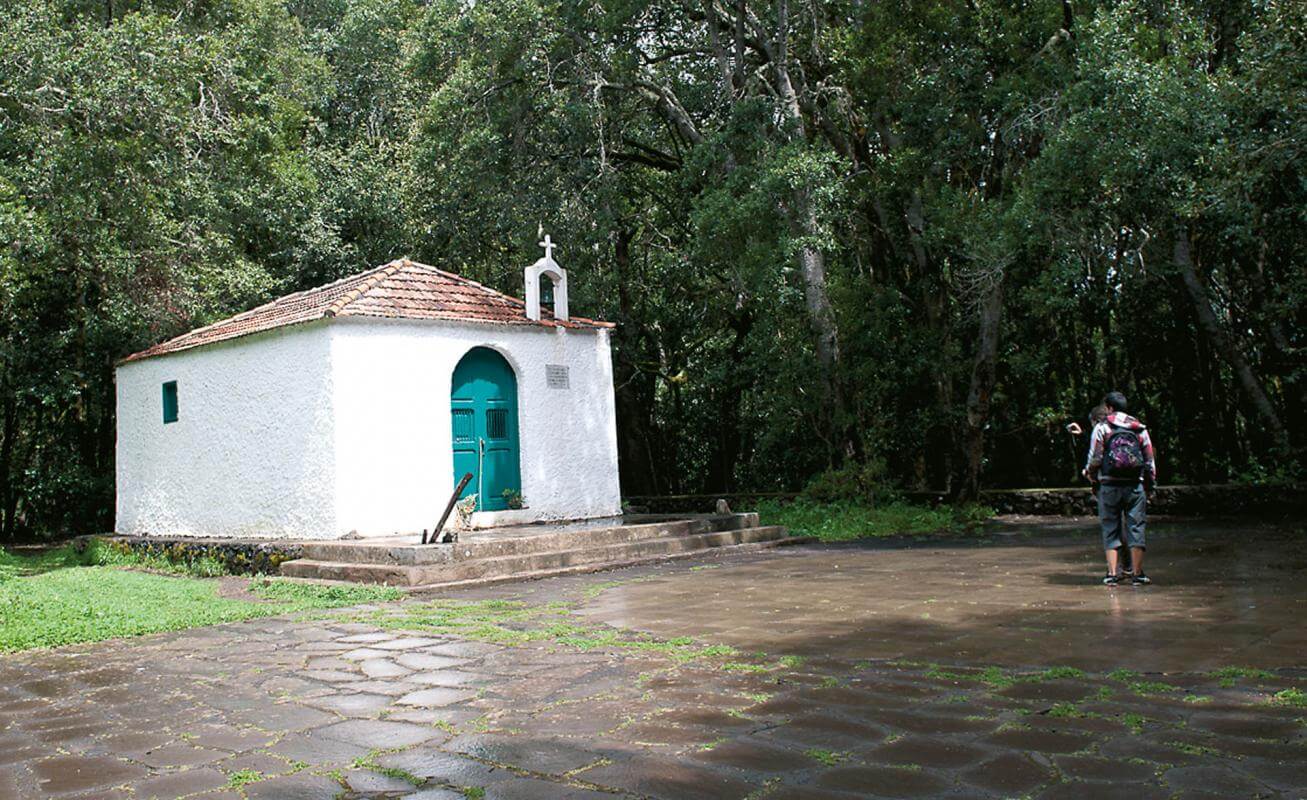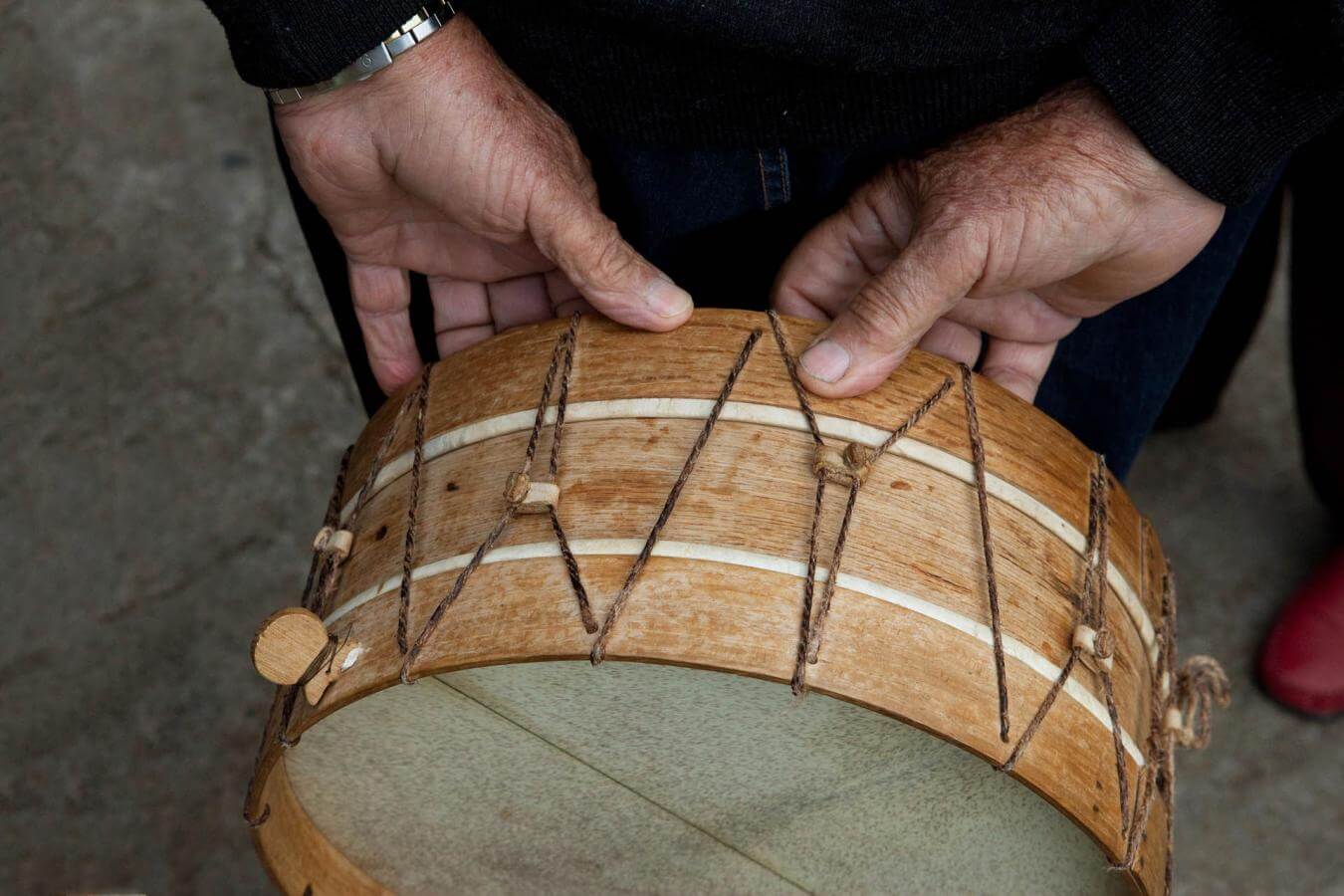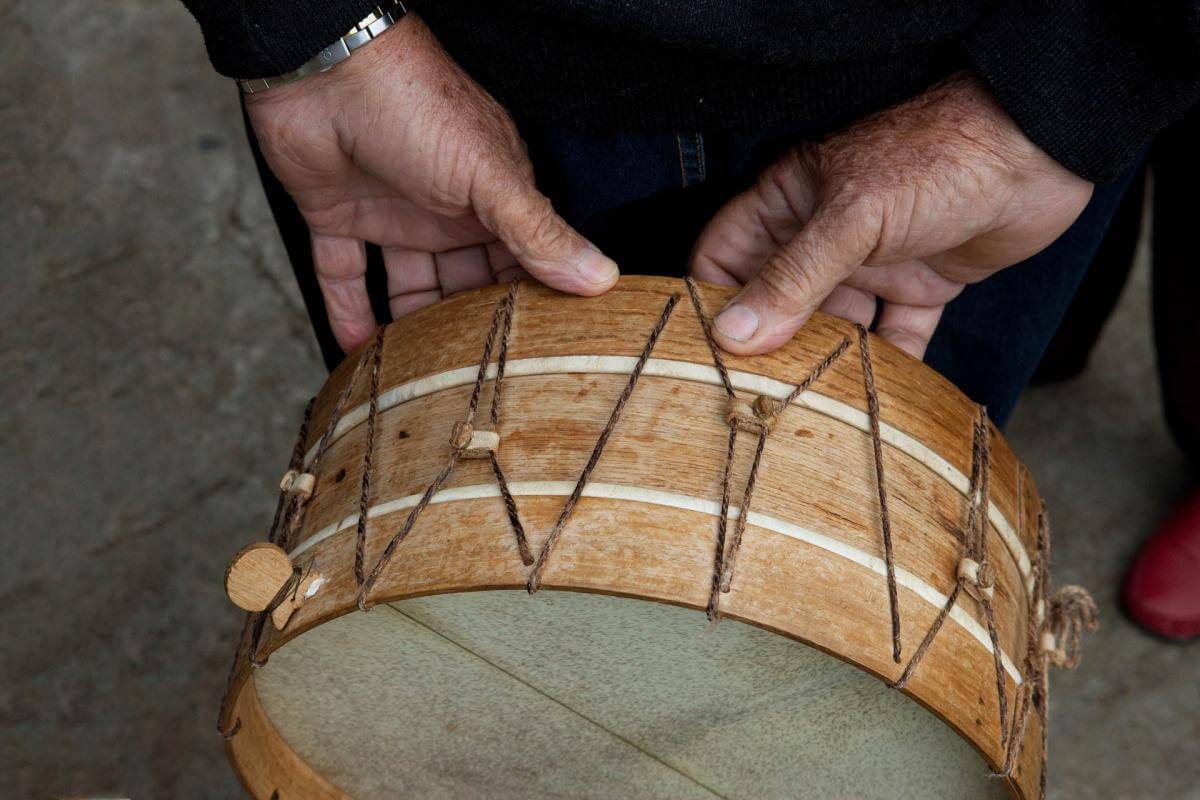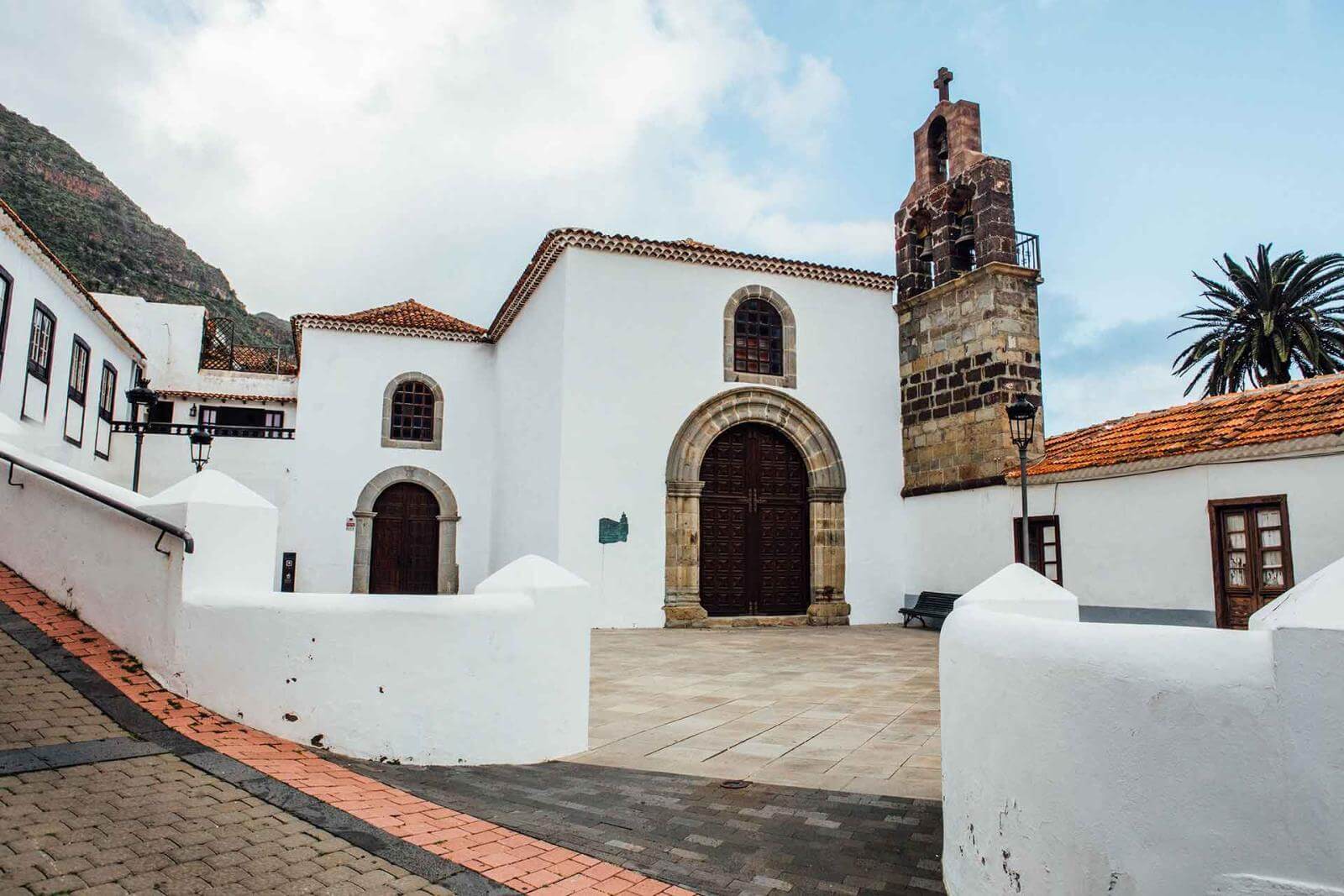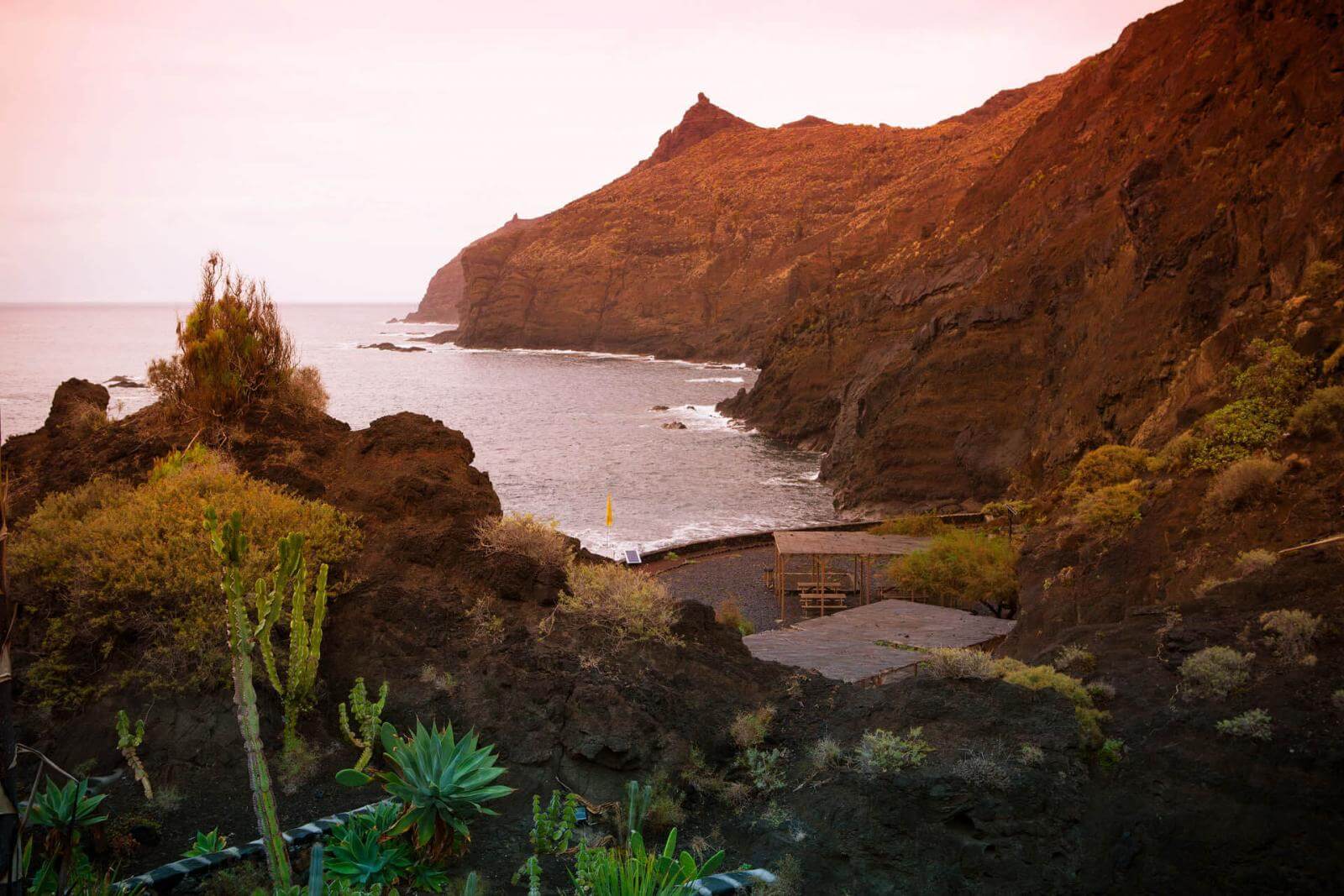From the peaks of Garajonay National Park to the sea, Hermigua is a green carpet of laurisilva, palm trees and banana trees. Surrounded in its entirety by two hills planted with crops, the first view you’ll see when you get here is an awe-inspiring landscape of colours that will captivate you from the start. Hermigua promises nature, adventure and history in equal shares.
The history of Hermigua
Located in the valley of the same name, Hermigua occupies the northeast of the island of La Gomera. Its history dates back to the start of the 17th century, when the first settlers built the Church and Convent of Santo Domingo in Valle Alto. Valle Bajo appeared later, when the Church of Nuestra Señora de la Encarnación was built. They and the capital town are still the three main hubs in Hermigua.
There are currently about 1775 locals living in the 40 square kilometres occupied by Hermigua, far from the six thousand inhabitants it had in the 1940s. The local population works mainly in agriculture, as has been the case for most of the town’s history. The appearance of tourism has boosted certain businesses and local services, although vines and bananas continue to be the main source of local revenue.
That said, the main producer of revenue in the past used to be El Pescante, the old pier and crane that was the entry and exit point for all products that La Gomera produced or bought from abroad. It was completed in 1908 but fell out of use towards the end of the 1950s, after the Port of San Sebastián was built. Nowadays, it is still a sight to see in Hermigua and its story is a nostalgic souvenir of the island’s history.

The best climate in the world
Although the Canary Islands are now renowned worldwide for having the best climate in the world, Hermigua was the first place to be acknowledged as such by international scientists and meteorologists from Germany, Belgium and the UK at the start of the 20th century. And the sign at the entrance to the town proudly tells us so. The possibility of mild temperatures all year round, with the influence of the trade winds making it unusual for the temperature in Hermigua to drop below 18 °C in winter or rise above 27 °C in summer.
If we add to the climate the island’s spectacular beaches, it is impossible not to want to visit this island and disconnect. One of the best places to do just that is La Caleta Beach: a black sand beach that’s just 15 minutes from Valle de Hermigua by car, where you can enjoy breathtaking views of the Teide. In addition, it has a bar-kiosk and picnic areas, toilets, showers and even beach volleyball courts. Another option is Santa Catalina Beach, where you can go surfing in a practically wild environment – a perfect virgin beach to explore with no fixed direction.
The magic of the laurisilva
A significant part of Garajonay National Park is located in Hermigua. Full of laurisilva forests, it’s the perfect place for some photography. A natural park that you can discover by hiking along the network of trails that cover the island. It’s a protected area that is home to nature from the Tertiary Period, turning a walk through the forest into a real journey through time.
El Cedro Forest is a fabulous place to visit in Hermigua. The views there are sensational, but the rest of our senses: smell, touch, hearing… are all equally delighted by this place. This forest is the perfect place to find magic, thanks to the laurisilva and flora surrounding the trail, accompanied by a stream that runs alongside it all year round. At the end of the trail, leaving the national park, we find the Caserío del Cedro, a little village where you can spend the night in the most rural environment possible, surrounded only by nature and peace.
Along the trail, you can also see the Shrine to Nuestra Señora de Lourdes, a building that becomes the epicentre of festivities on the last Sunday in August. Pilgrims from all over the island gather here to celebrate and a statue of Our Lady is carried in procession through the forest to the village accompanied by drums, ‘chácaras’ (Canary Islands castanets) and traditional dancing.
